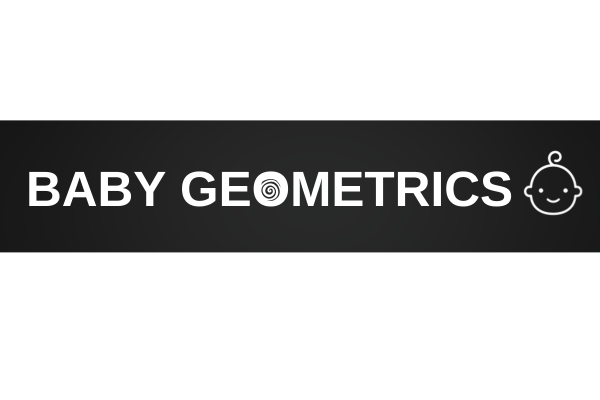Montessori at Home: Incorporating High-Contrast Learning
Bringing Montessori principles into your home can provide a rich, hands-on learning environment for your baby. One of the most effective ways to start is by incorporating high-contrast learning materials—simple black, white, and red toys and visuals that naturally capture an infant’s attention.
Why High-Contrast Materials Work in Montessori Learning
Montessori education emphasizes independence, exploration, and sensory development. For babies, high-contrast materials support their developing eyesight by providing clear visual stimulation. Since infants under six months can only focus on bold patterns and sharp contrasts, these tools perfectly align with Montessori’s focus on engaging a child’s natural curiosity.
How to Incorporate High-Contrast Learning at Home
-
Create a Visual Corner
Set up a small area with black-and-white flashcards or vision boards near your baby’s play mat or crib. This encourages independent exploration while supporting early visual development. -
Use High-Contrast Mobiles and Wall Art
Hanging simple, bold-patterned mobiles over a play area or changing table is a classic Montessori-inspired activity. Wall art with clean, contrasting shapes invites your baby to focus and track movement. -
Introduce High-Contrast Toys During Floor Time
Floor play is a core part of Montessori learning. Placing soft high-contrast toys, rattles, or hand puppets around your baby encourages reaching, grasping, and visual tracking. -
Incorporate Real-World Interaction
Montessori encourages real-life engagement. Use high-contrast books and puppets during bonding time, allowing your baby to connect visual learning with your voice, movement, and facial expressions.
Benefits of Montessori High-Contrast Learning
By weaving high-contrast visuals into your Montessori-at-home routine, you nurture early cognitive development, strengthen visual pathways, and help your baby learn to focus and explore independently. It’s a simple, evidence-based way to set the stage for lifelong learning.

